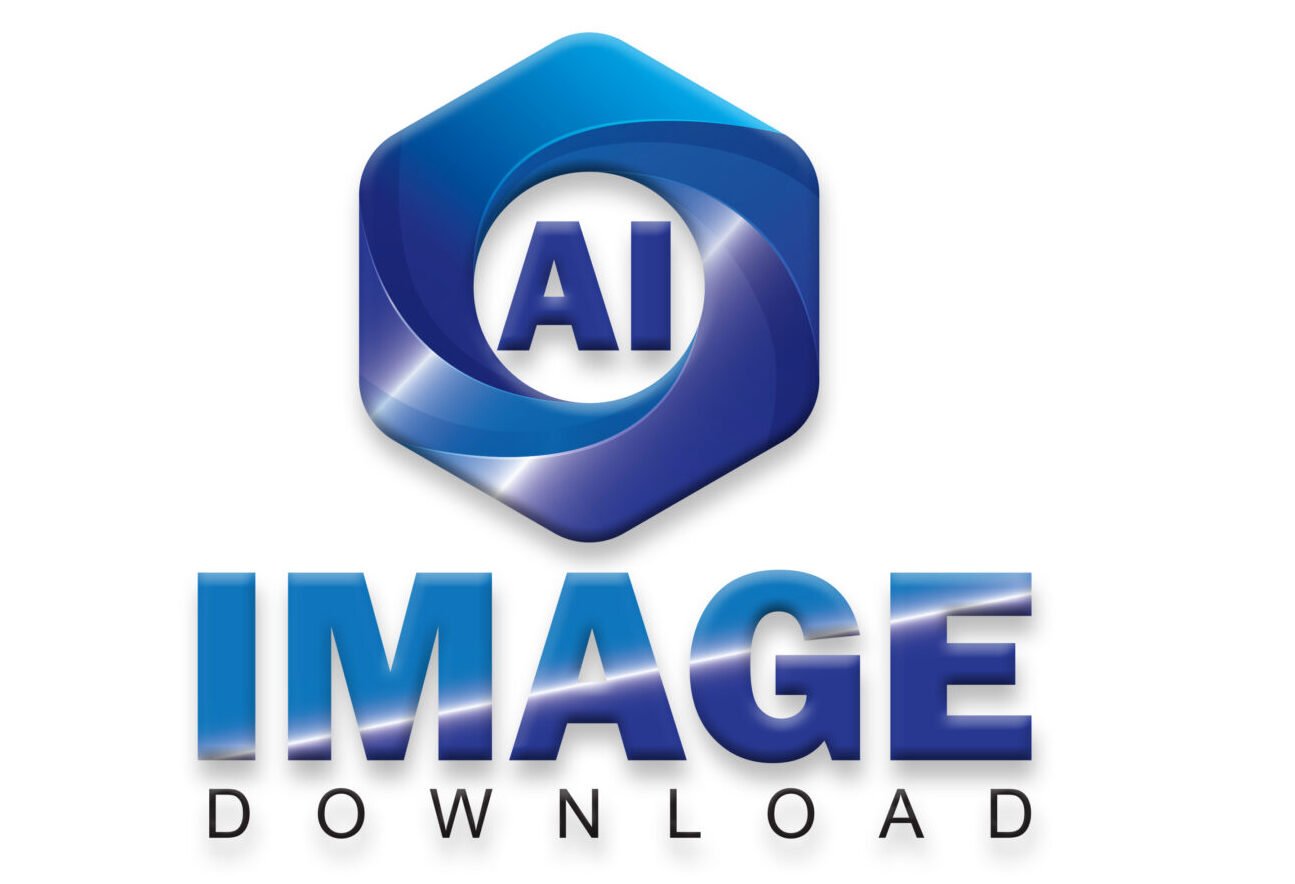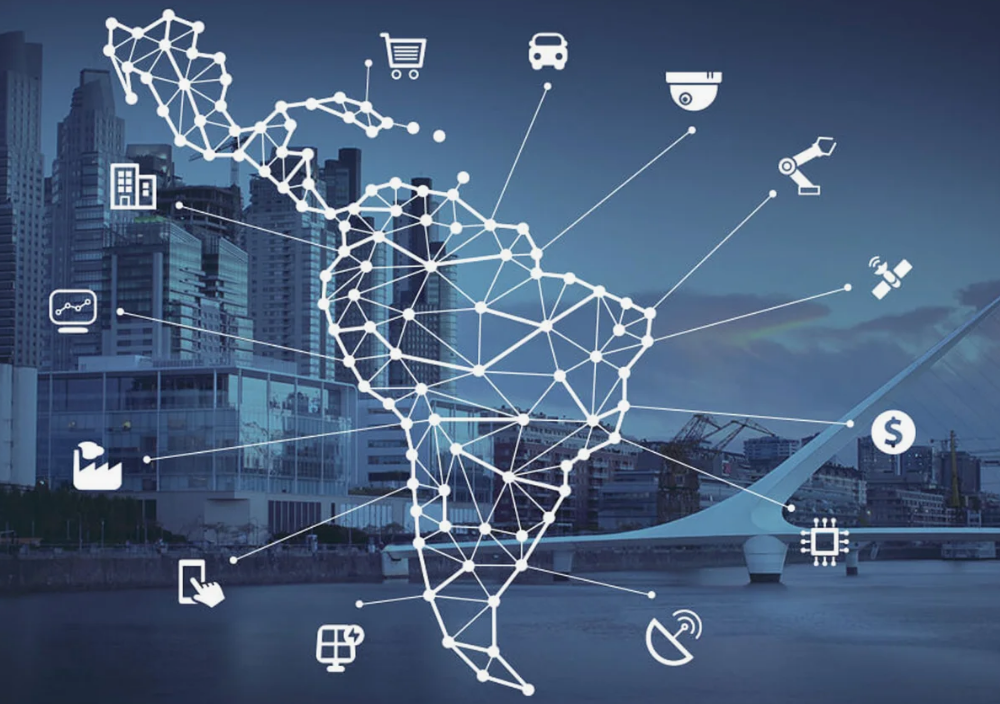Predictive analytics using AI utilizes self-learning algorithms to refine outcomes and excel in pattern recognition. Predictive analytics using AI leverages self-learning algorithms to refine outcomes and excel in pattern recognition. By harnessing the power of AI, businesses can automate decisions, improve inventory management, and enhance customer service efficiency. AI neural networks adapt and refine their outcomes, making scaling easy and frictionless. Generative AI improves predictive analytics by widening the scope of simulated outcomes and enhancing the insights data teams glean from predictive analytics.
Additionally, AI analytics empowers companies to automate repetitive tasks and process complex data more efficiently, enabling them to make targeted business decisions. Machine learning, a key AI technique, allows computers to learn from data and make accurate predictions and decisions through supervised and unsupervised learning.
Predictive Analytics Using AI

Applications In Various Industries
AI-driven predictive analytics is revolutionizing various industries by leveraging advanced neural networks to refine outcomes through self-learning algorithms. This innovative technology excels in pattern recognition, automating decision-making processes, enhancing inventory management, and improving customer service efficiency. AI analytics empowers businesses to process complex data efficiently and make targeted, data-driven decisions.
Predictive analytics using AI is revolutionizing the way industries operate. It has become an essential tool for businesses across different sectors to stay ahead of the competition. The use of AI in predictive analytics is a game-changer, as it helps businesses make data-driven decisions, identify patterns, and forecast future trends.
Healthcare- Predictive Analytics Using AI
The healthcare industry has seen a significant transformation in recent years, with AI-powered predictive analytics playing a pivotal role. Predictive analytics can help healthcare providers identify patients who are at risk of developing a certain disease or condition. By analyzing patient data, such as medical history, lifestyle factors, and family history, AI algorithms can predict the likelihood of a patient developing a particular disease. This can help doctors provide early intervention and personalized treatment plans to patients, leading to better health outcomes.
Finance- Predictive Analytics Using AI
The finance industry has been an early adopter of predictive analytics using AI. AI algorithms can analyze vast amounts of financial data, such as market trends, customer behavior, and economic indicators, to predict future financial trends and risks. This can help financial institutions make informed decisions, such as investment strategies, risk management, and fraud detection. Predictive analytics can also help banks and financial institutions identify potential customers who are most likely to take up specific financial products and services, leading to better customer engagement.
Marketing
Predictive analytics using AI has also become a crucial tool for marketers to improve customer engagement and drive sales. AI algorithms can analyze customer data, such as browsing history, purchase behavior, and social media activity, to predict customer preferences and buying patterns. This can help marketers create personalized and targeted marketing campaigns, leading to better customer engagement and conversion rates. Predictive analytics can also help businesses identify potential customers who are most likely to respond positively to specific marketing campaigns, leading to better ROI. In conclusion, predictive analytics using AI is transforming the way businesses operate across different industries. From healthcare to finance to marketing, AI-powered predictive analytics is helping businesses make data-driven decisions, identify patterns, and forecast future trends. As AI technology continues to evolve, we can expect to see more innovative applications of predictive analytics in various industries.
Challenges and Limitations
When utilizing AI predictive analytics in healthcare or other industries, there are several challenges and limitations that organizations may encounter. These factors can impact the effectiveness and reliability of predictive models.
Data Quality
One of the key challenges in predictive analytics using AI is ensuring data quality. Poor data quality can lead to inaccurate predictions and flawed insights. It is crucial to have clean, relevant, and up-to-date data for AI algorithms to generate reliable forecasts.
Interpretability of Results
Another limitation of predictive AI is the interpretability of results. Complex AI models may provide accurate predictions, but understanding how these predictions are generated can be challenging. This lack of transparency can hinder trust in the predictive analytics outcomes.
Organizations must strike a balance between the predictive power of AI algorithms and the ability to interpret and explain the results in a meaningful way.

Best Practices
Best Practices:
Feature Selection
When selecting features for predictive analytics models, focus on data relevance and quality.
- Consider the impact of each feature on the model’s predictive power.
- Utilize domain knowledge to identify key variables for accurate predictions.
- Avoid overfitting by selecting only essential features that contribute meaningfully.
Model Evaluation
After building a predictive model, robust evaluation is crucial to assess its performance.
- Use metrics like accuracy, precision, recall, and F1 score to evaluate model effectiveness.
- Implement cross-validation techniques to ensure the model’s generalizability.
- Consider the business context and objectives when interpreting evaluation results.
Tools and Technologies
When it comes to predictive analytics using AI, leveraging the right tools and technologies is essential for successful implementation. From machine learning libraries to data visualization tools, the right arsenal can make all the difference in harnessing the power of AI for predictive analytics.
Machine Learning Libraries
Machine learning libraries are crucial for building predictive models using AI. Some popular machine-learning libraries include:
- TensorFlow
- Scikit-learn
- PyTorch
- Keras
Data Visualization Tools
Effective visualization of data is key to deriving actionable insights from predictive analytics. Some essential data visualization tools for AI-driven predictive analytics include:
- Tableau
- Power BI
- Matplotlib
- D3.js
Ethical Considerations
Predictive analytics using AI offers numerous benefits, but it also raises ethical considerations that need to be carefully addressed. These considerations include bias and fairness, as well as privacy concerns. It is crucial to ensure that AI-powered predictive analytics is developed and used ethically and responsibly.
Bias and Fairness
Bias in predictive analytics can lead to unfair outcomes for certain groups of people. AI algorithms may inadvertently perpetuate existing biases present in historical data, resulting in discriminatory predictions. It is essential to implement measures to identify and mitigate bias, ensuring that predictive analytics models provide fair and equitable results for all individuals.
Privacy Concerns
Privacy is a significant concern when it comes to utilizing AI for predictive analytics. The collection and analysis of large volumes of personal data raise potential privacy risks for individuals. It is imperative to prioritize data privacy by implementing robust security measures and obtaining explicit consent for data usage. Additionally, organizations must adhere to relevant data protection regulations to safeguard individuals’ privacy rights.
Future Trends
The future of predictive analytics using AI is evolving rapidly, and it holds great promise for businesses across various industries. As technology advances, new trends are shaping the way predictive analytics will be used in the future. Let’s explore some of the key future trends in this domain.
Advancements In AI
Advancements in AI are propelling predictive analytics techniques to new heights. AI neural networks, with their self-learning algorithms, are enhancing pattern recognition capabilities, leading to more accurate predictive models. This will enable businesses to make data-driven decisions with greater confidence and efficiency, ultimately improving overall performance and productivity.

Integration With Iot
Integration with IoT is revolutionizing the way predictive analytics is applied. The seamless integration of AI-powered predictive analytics software with IoT devices allows for real-time data collection and analysis. This enables businesses to derive actionable insights from vast amounts of interconnected data, leading to improved operational efficiency and informed decision-making.
Stay ahead of the curve by embracing these future trends in predictive analytics using AI, and unlock the potential to gain a competitive edge in the rapidly evolving digital landscape.
Conclusion
Incorporating AI in predictive analytics enhances decision-making with self-learning algorithms, refining outcomes and automating processes. AI excels in pattern recognition, optimizing inventory management and customer service efficiency. Generative AI widens predictive analytics possibilities through data generation, boosting insights and scaling capabilities. Embrace AI for smarter, data-driven strategies.

